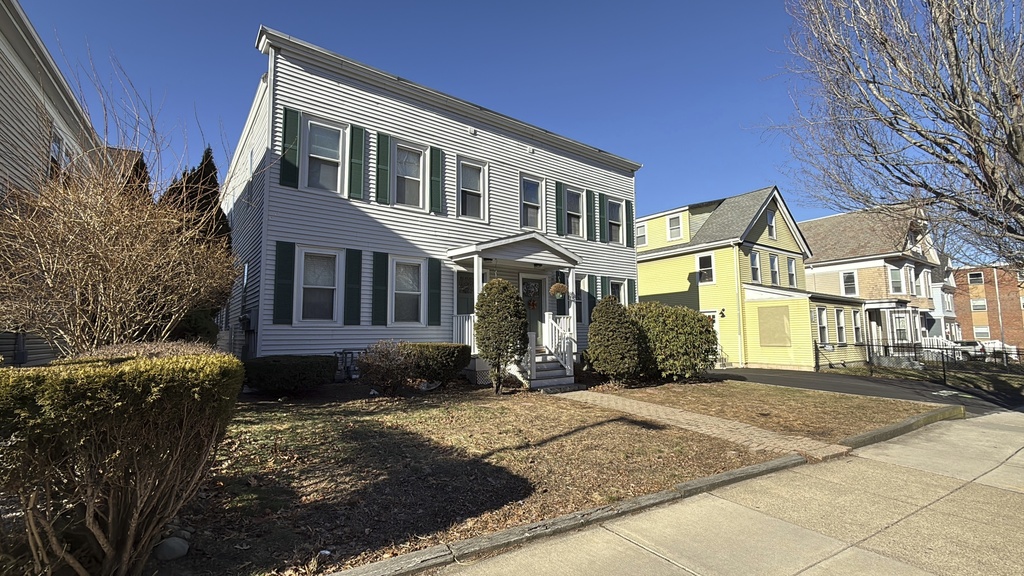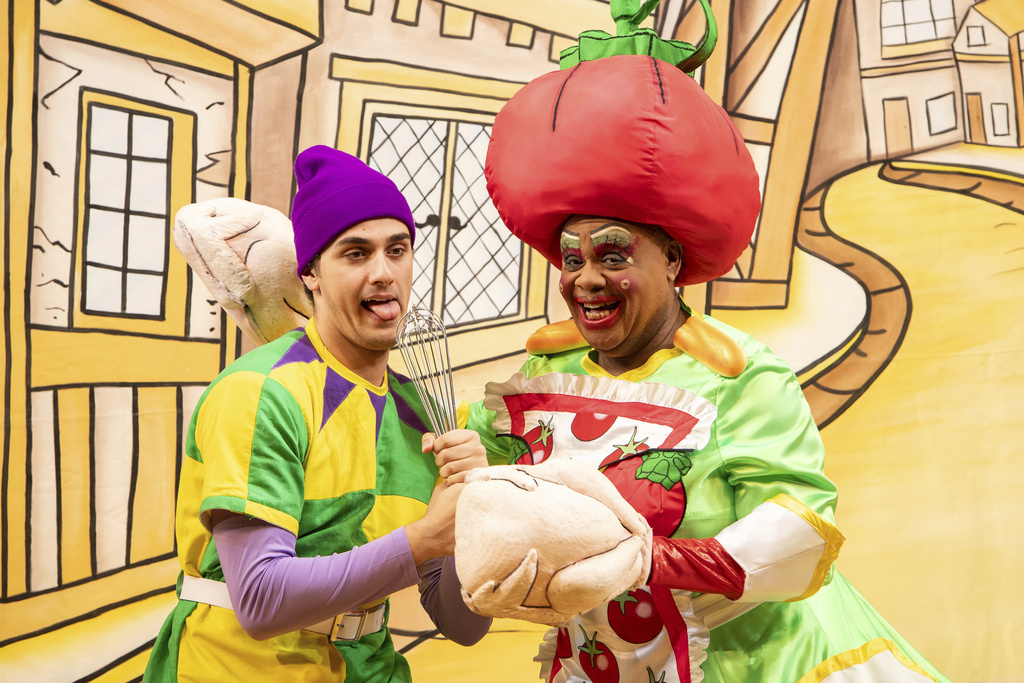Read time : 3 mins
Level : Advanced

By MARK KENNEDY AP Entertainment Writer
There were a lot of smiling faces at the Oscars but one had to stand out — Sean Baker saw his film “Anora” go home with the top film prize and he took four for himself. Its star Mikey Madison was crowned best actress.
Twenty-two years after winning best actor for “The Pianist,” Adrien Brody won the same Oscar again for his performance as another Holocaust survivor in Brady Corbet’s “The Brutalist.” He somehow kept the playoff music at bay.
On Sunday, firefighters who battled recent wildfires got applauded, Mick Jagger handed out the best original song Oscar and John Lithgow was tasked with looking “slightly disappointed” when speeches ran long. One highlight was Timothée Chalamet — literally. His yellow suit got more than one comment. Continue reading









